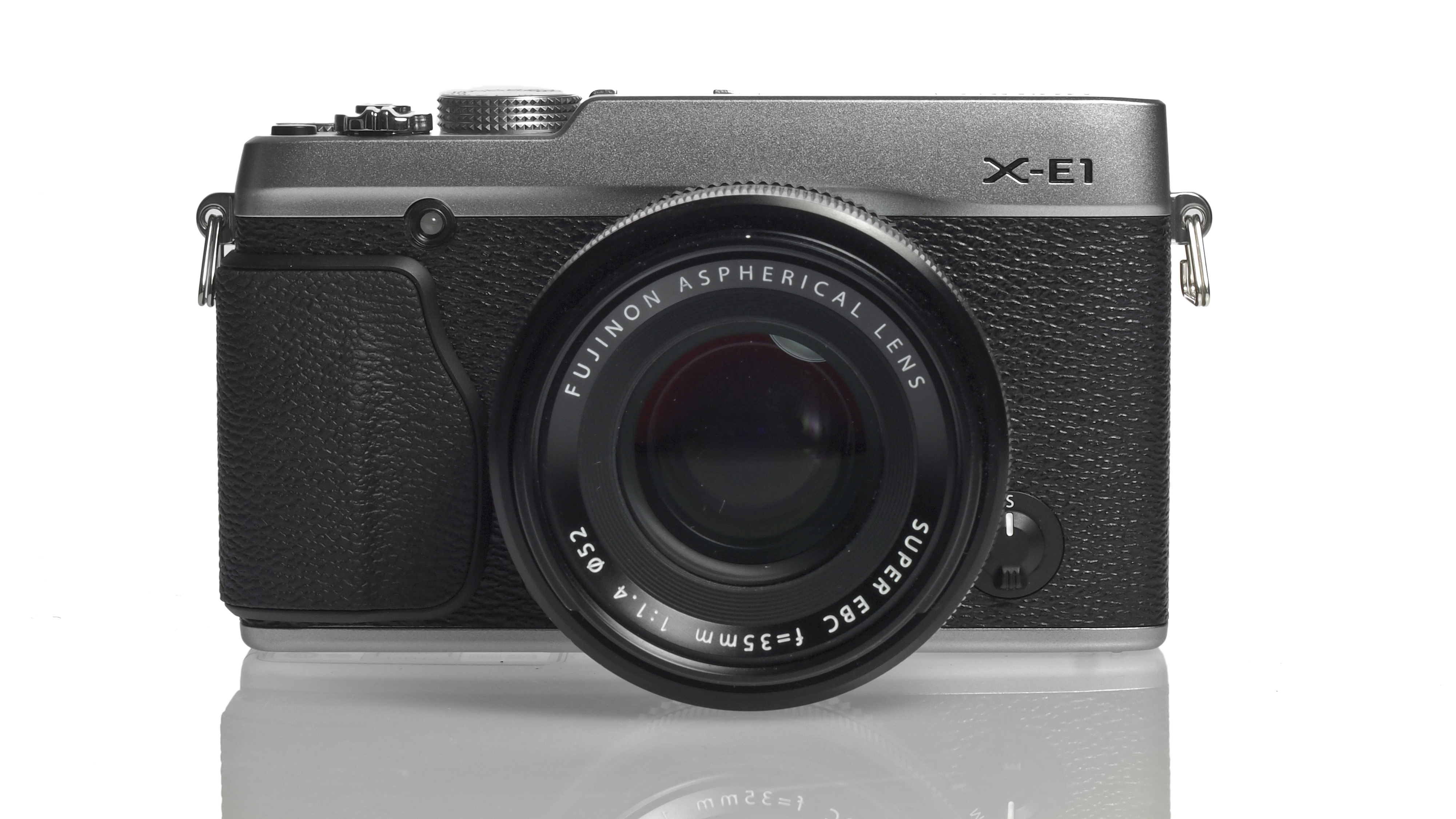Why you can trust TechRadar
With the introduction of the Fuji X-E1, many people will be asking why they would still want to purchase the more expensive, and larger, Fuji X-Pro1. Here we take a closer look at the key differences between the two compact system cameras (CSCs), to help you make that decision.
Fuji X-Pro1 vs Fujifilm X-E1: sensor
Both the cameras use exactly the same 16.3 million pixel APS-C X-Trans CMOS sensor. Because they also both use the same EXR Processor Pro, it's pretty much a given that image quality will be identical from both cameras.
Fuji X-Pro1 vs Fujifilm X-E1: viewfinder
One of the key differences between the two cameras is the viewfinder used. Whereas the Fuji X-Pro1 uses a hybrid optical and electronic device, the X-E1 is electronic-only.
Although optical viewfinders are preferred by many, the electronic device found in the X-E1 is larger and has a higher resolution (2.3k dot) than the 1.4k dot LCD viewfinder found on the X-Pro1. The X-E1's EVF is one of the highest resolution devices on the market.
Fuji X-Pro1 vs Fujifilm X-E1: LCD screen
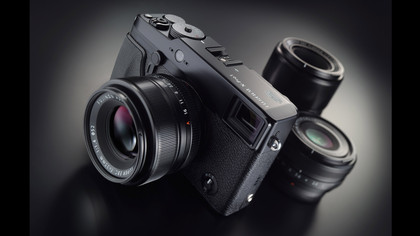
Another important difference to bear in mind is the rear LCD screen. On the X-Pro1 you'll find a larger, 3-inch, 1.23k dot resolution device, whereas on the cheaper X-E1, it's a smaller 2.8-inch, much lower resolution 460k dot screen.
If you use the screen a lot, whether for composing or playing back images, the X-Pro1's will appeal more.
Fuji X-Pro1 vs Fuji X-E1: design
Fuji is very proud of the design work that has gone into its X range of premium cameras, and rightly so. The X-E1 features many of the same design points as the X-Pro1, but one noticeable absence is the shutter speed dial lock.
Sign up for breaking news, reviews, opinion, top tech deals, and more.
This was something that was incorporated into the X-Pro1 based on feedback from users of the Fuji FinePix X100, the company's premium APS-C format compact camera. This stops the shutter dial from being accidentally knocked from Automatic, and is a handy addition that prevents mistakes.
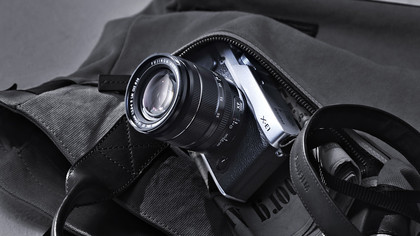
The X-E1 is also smaller than the X-Pro1, measuring roughly the same dimensions as the X100 (body only). While the X-Pro1's front, top cover and back is constructed from sturdy magnesium alloy, only the front and top cover of the cheaper X-E1 get this same ultra-premium treatment. The X-E1 is also around 100g lighter than the X-Pro1.
Fuji X-Pro1 vs Fuji XE1: battery life
With only an electronic viewfinder, it would be safe to assume that battery power on the X-E1 will be more limited than on the X-Pro1. That's both true and false, depending on how you look at it.
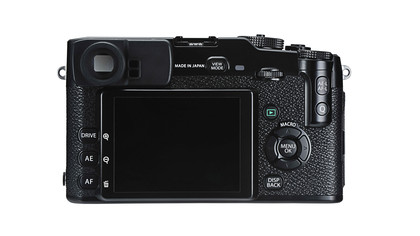
The potential maximum shot life of the X-Pro1 is around a 1,000 frames, when using the optical viewfinder. However, when using the electronic viewfinder, the X-E1 is said to be capable of delivering around 350 frames, compared with the X-Pro1's 300.
Fuji X-Pro1 vs Fuji X-E1: price
Of course the biggest difference between the two cameras in the mind of the consumer is likely to be the price. Fuji is yet to announce the official RRP of the X-E1, but it promises that it will be significantly cheaper than the X-Pro1.
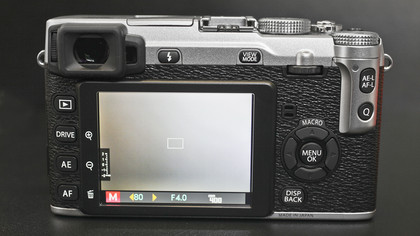
At the time of launch, the X-Pro1's body only price was around £1,500/US$1,700, with lenses each retailing for around £500-£600/$600-$700. A few months down the line and you can pick up an X-Pro1 for around £1,100/US$1,400/AU$1,400 from certain outlets.
In contrast, the Fuji X-E1 was priced, body only, at around £750/AU$1,200/US$1,000 on its release.
Fuji X-Pro1 vs Fuji X-E1: verdict
Choosing between these two cameras is tricky, especially considering we don't yet know the official price of the X-E1. Fuji is squarely aiming its new camera at the mass market, which the X-Pro1, with its high price, was unable to appeal to.
We can see the Fuji X-E1 becoming extremely popular with a large cross section of the camera-buying community. Existing Fuji X-Pro1 users will likely be tempted to add another body to their collection, while those who couldn't quite justify the price before will also find themselves lusting after this.
When it comes to making a buying decision, it all comes down to whether you can live with using an electronic viewfinder only, or would prefer an optical device as well. The better screen and slight differences in design may also play a part in making a decision.

Amy has been writing about cameras, photography and associated tech since 2009. Amy was once part of the photography testing team for Future Publishing working across TechRadar, Digital Camera, PhotoPlus, N Photo and Photography Week. For her photography, she has won awards and has been exhibited. She often partakes in unusual projects - including one intense year where she used a different camera every single day. Amy is currently the Features Editor at Amateur Photographer magazine, and in her increasingly little spare time works across a number of high-profile publications including Wired, Stuff, Digital Camera World, Expert Reviews, and just a little off-tangent, PetsRadar.
